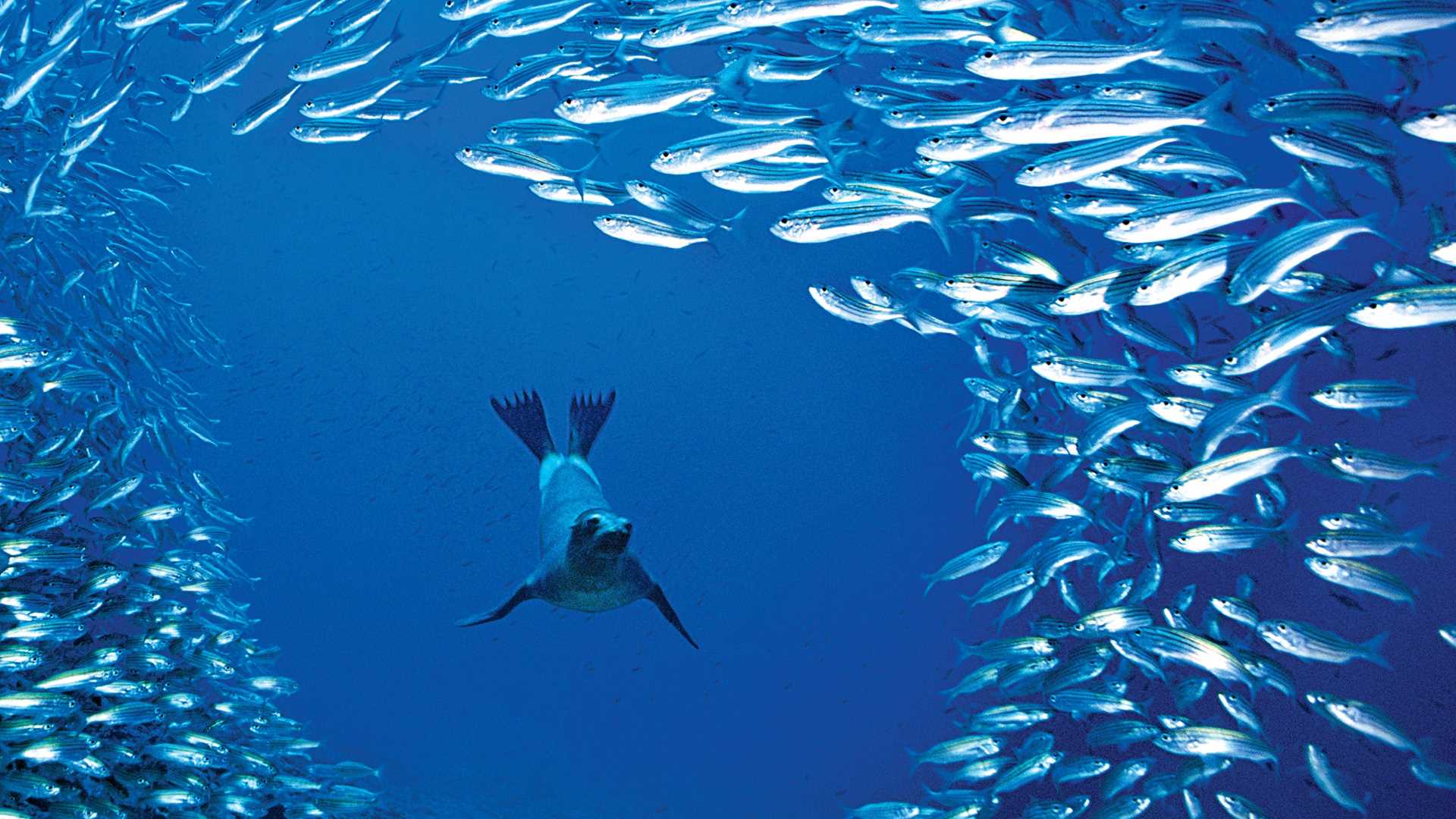Wolf Volcano Erupts in Galápagos
When the largest volcano in the islands began erupting, our expedition leaders and ship captains worked quickly to modify the itinerary to give guests a mesmerizing view.
Read more
‘Good Morning America’ Reports from National Geographic Endeavour II
On February 21-26, 2022, Good Morning America joined us aboard National Geographic Endeavour II as part of GMA's "Extraordinary Earth" series—the first time a U.S. television crew has ever broadcast live from the Galápagos.
The decades-long effort to protect the Galápagos Islands realized an important milestone on January 14 when Ecuador’s president Guillermo Lasso signed a decree to conserve more than 23,000 square miles of ocean around the Galápagos Islands and beyond. Lindblad Expeditions founder and Co-Chair of the Board Sven Lindblad was honored to witness this historic moment.
Galápagos National Park was inscribed as the very first UNESCO World Heritage site in 1978—and since that milestone, it’s continued to garner an array of other accolades from the organization. Check out this visual timeline for more.
When you ask yourself where you can go to feel revitalized, take a page out of Darwin’s history, and tap into the spirit of Galápagos. Thanks to the hard work of enlightened conservation, the islands still look nearly the same as they did when Darwin explored them in 1835.
As diverse as they are, there is one thing all sharks have in common. As apex predators, they all play a critical role in regulating marine ecosystems—from Polynesia’s tropical reefs, to the icy waters of the Arctic, and Galapagos’ nutrient-rich seas.
Known for their flashy feet and comical courtship dance, blue-footed boobies have become synonymous with the Galápagos Islands. Large numbers can be found all through the archipelago.
As their name suggests marine iguanas have a unique claim to fame—they’re the world’s only swimming lizards! Foraging for algae and seaweed, larger animals dive down to 50 feet and feed for up to 20 minutes; smaller individuals feed on the exposed intertidal region.
Everyone knows the chief reasons you go to Galápagos—the legendary wildlife, the far-flung natural beauty, the rich scientific history. But within these storied islands, there are some other surprising sights that make a trip to Galápagos even more exhilarating than you imagined. Here, just a few unexpected things you'll find.
Once you journey through these lava-sculpted islands straddling the Equator, 600 miles off the coast of Ecuador, you'll understand why they inspired Darwin: practically everything you encounter here is so fascinatingly different from the rest of the world.
Environmental scientist Mike Zickel reflects on the most memorable, surprising, and humbling moments he and his family experienced when they visited Galápagos aboard National Geographic Islander.